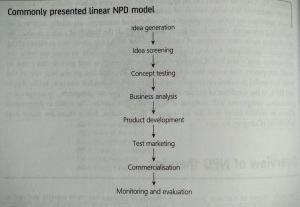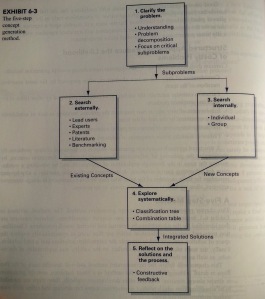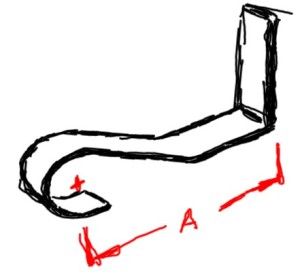This weeks brief was to create CNC code which made use of two different tools, the 4 and 6 mm flat drill bits. To do this, a model was created and Delcam was used to plot the features and tool paths. The paths Delcam created were then edited to use the 4 and 6 mm bits only. The 6 mm bit was mainly used for the rough cuts and the face cut, as this larger bit reduced the overall time for the completed block. The 4 mm bit was used for the finishing cuts and any cuts that needed a finer tool such as the narrow circle cut in the “Cross Block.”
The Roland CNC machine does not have an automatic tool change function, the tool need to be changed manually. Delcam creates code which assumes the tools change automatically, therefore, the code needs to be edited further before transferring to the Roland CNC machine. The tool paths are arrange so that the same tools are grouped together, and then one tool path is suppressed (in this case the finishing tool path was suppressed, leaving the rough pass running). Delcam then only displays the CNC code for the running tool path. This code is copied into a text file and saved appropriately. This process is repeated for the finishing tool path, and the code copied into a separate text file.
This method generates several text files depending on the number of tools used, in this case two. The files can be loaded into the CNC machine an run, one at a time, to achieve the desired model.




























